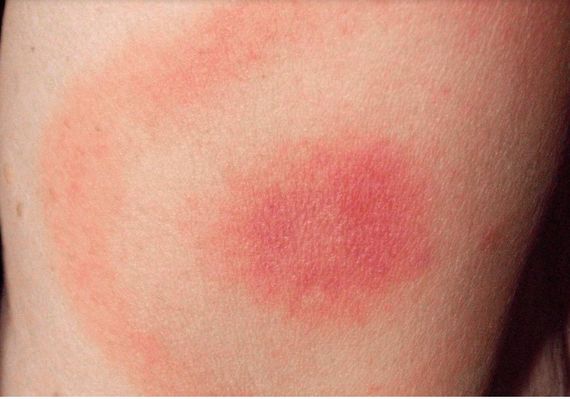Lyme disease is caused by the Borrelia burgdorferi bacterium, which is transmitted through the bite of an infected blacklegged tick. The disease is spreading rapidly in Quebec, with 447 cases reported in the province in 2023, compared with 126 cases in 2016.
While most cases of Lyme disease reported in the province were contracted in Montérégie, Estrie and outside the province, eight cases were reported in the Laurentides in 2023, with four of them contracted in the region. With climate change, blacklegged ticks, which transmit the disease, are advancing north and east in the province, at a speed of 18 to 35 km per year. Their period of activity has also gotten longer (from March to November) as well as the season for bites.
Consequently, preventive measures against tick bites (wearing a hat and long clothing, using mosquito repellent, etc.) are recommended across the Laurentians.
In 2022, for the first time in the Laurentians, the risk of contracting Lyme disease was found to be significant in the following localities: Deux-Montagnes, Mirabel, Oka, Pointe-Calumet, Saint-Eustache, Saint-Joseph-du-Lac, Saint-Placide, Sainte-Marthe-sur-le-Lac, as well as the Kanesatake community territory.
In 2024, some 40 municipalities in the Laurentides are presenting blacklegged infected ticks, which means there is a greater risk of transmission of the disease. Following an assessment by a doctor or a pharmacist, a person who has been bitten by a tick may be prescribed a preventive antibiotic (doxycycline).
Eligibility criteria for preventive treatmen::
- Having been bitten in an municipality where post-exposure prophylaxis is recommended;
- Having a tick attached to your skin for more than 24 hours;
- Having removed a tick within less than 72 hours;
- Having no contraindications for doxycycline.


 one of the at-risk municipalities.
one of the at-risk municipalities.